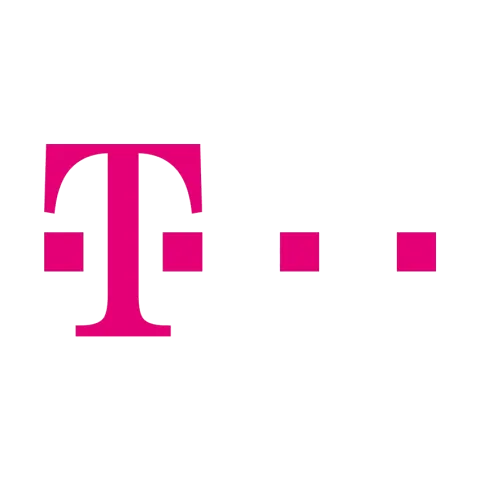
3G Network
In May 2006 the company launched 3G UMTS services over the B1 (2100 MHz) band. The network was upgraded to HSPA+ in May 2011 and DC-HSPA+ in September 2011.
3G Frequency Bands
| Network Frequency Band | Status |
|---|---|
|
Active
|
3G Network Events
| Date | Event | Subtype |
|---|---|---|
|
|
Launch of 3G Network
|
Launch
|
4G Network
Telekom launched 4G LTE services over B3 (1800 MHz) on New Years Day January 2012. October 2014 saw the introduction of B7 (2600 MHz) and B20 (800 MHz) carriers. LTE-Advanced was introduced in December 2015 providing a 300 Mbps network using 2C aggregation of Band 3 and Band 7. A Category 9 450 Mbps 4G+ network was launched November 2016 with 3C aggregation of CA_3A-7A-20A, with the additional 10 MHz of B20 (800 MHz) provided under an infrastructure sharing arrangement with Telenor.
November 2016 also saw an LTE-A Pro trial conducted between Magyar Telekom and Ericsson which achieved 1.2 Gbps using 3C aggregation along with 4X4 MIMO and 256QAM.
4G Frequency Bands
| Network Frequency Band | Max. Channel Bandwidth | Status |
|---|---|---|
|
20
|
Active
|
|
|
20
|
Active
|
|
|
10
|
Active
|
4G Network Events
| Date | Event | Subtype |
|---|---|---|
|
|
Launch of 4G Network
|
Launch
|
5G Network
In partnership with Ericsson the company conducted a successful 5G trial in October 2017, achieving 22 Gbps using 800 MHz of bandwidth in the 15 GHz band. In July 2018, Telekom was the first in Hungary to demonstrate a 5G network running under real-life conditions in its former headquarters building at Krisztina körút. The test network ran on 5G equipment not yet standardized or launched commercially at the time, and used the 3.7 GHz frequency band.
The company launched Hungary’s first 5G test station at Zalaegerszeg in January 2019 providing a gigabit network over the n77 (3700 MHz) band.
The network was commerically launched in April 2020 using mid-band 3.5 GHz n78, later expanded with low-band n28 (700 MHz) services in November 2021. A 5G DSS n1 (2100 MHz) service is also provided.
5G Frequency Bands
| Network Frequency Band | Max. Channel Bandwidth | Status |
|---|---|---|
|
100
|
Active
|
|
|
10
|
Active
|
|
|
20
|
Active
|
5G Network Events
| Date | Event | Subtype |
|---|---|---|
|
|
Launch of 5G Network
|
Launch
|